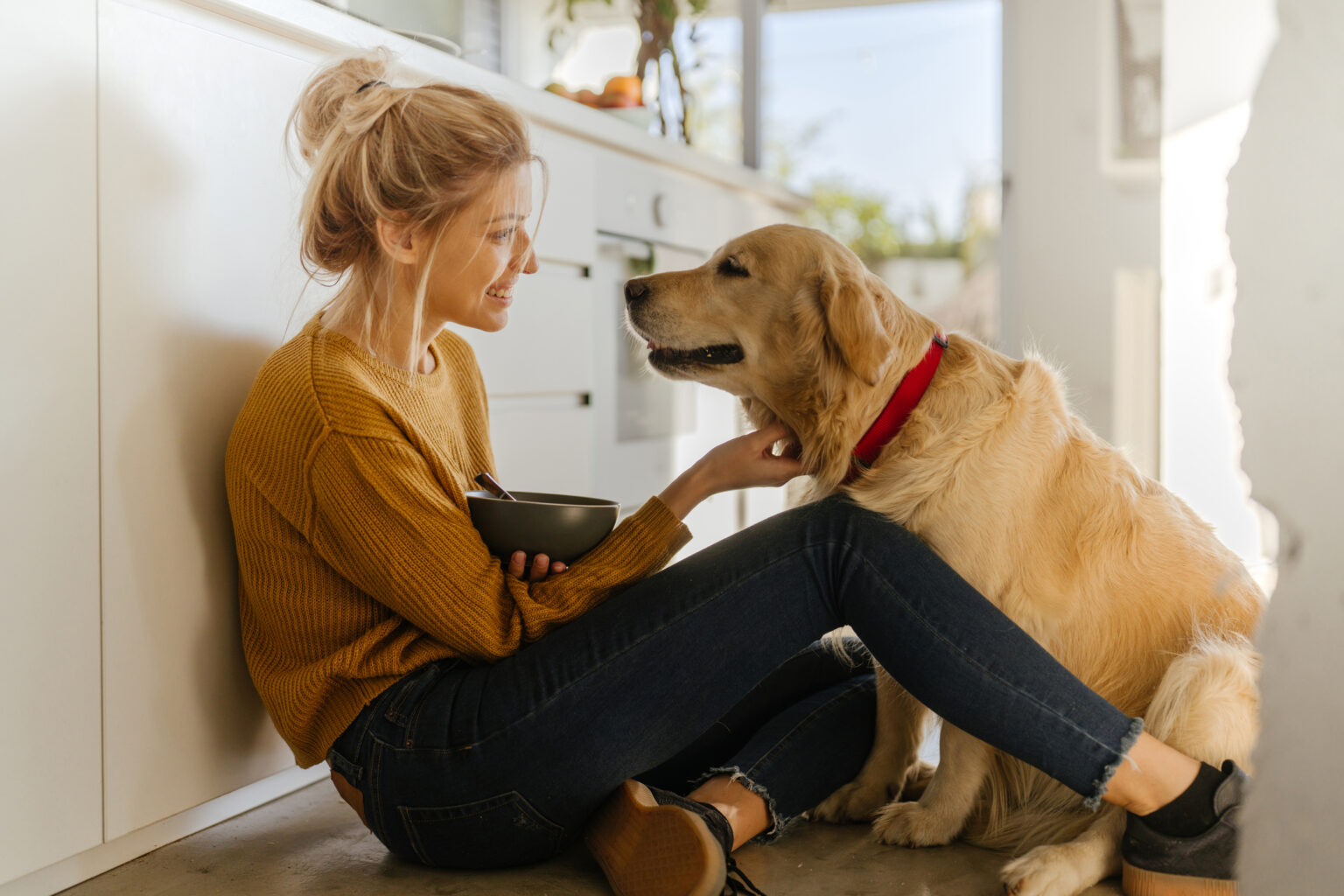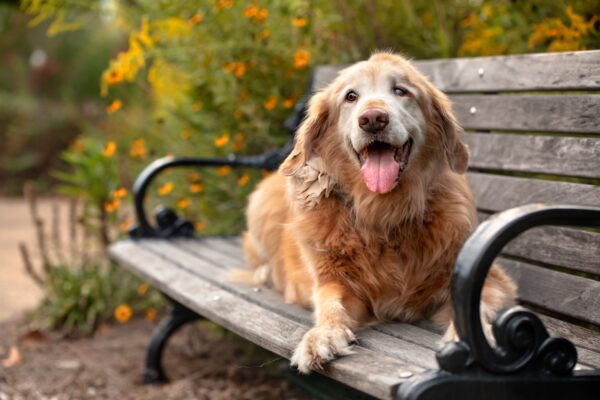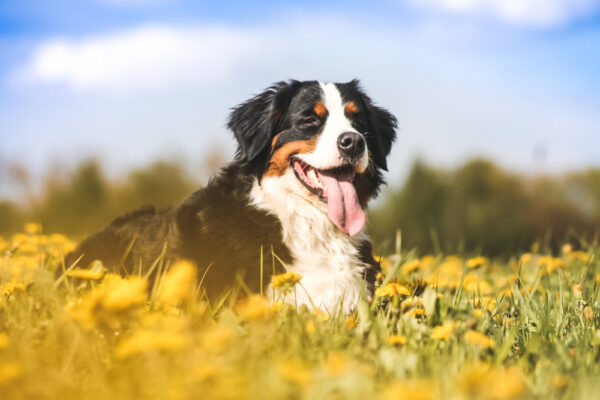Has your pooch put on a few pounds meaning you’ve got an overweight labrador on your hands? Or perhaps you’re struggling to find an overweight dog diet plan that suits a fussy eater? No matter your concern, we’ve noted down how to help your dog lose weight and why a low fat or low calorie diet might be necessary.
Low fat dog food comes in all shapes, sizes & consistencies
Many pet parents prefer to feed their pooch a dry dog food due to it’s longer shelf-life but are concerned about the effect it may behaving on their dog’s weight. In fact, “what is the healthiest kibble for dogs?” is one of the more common questions our vet encounters. Whether it’s dog kibble that your furry friend loves to chow down on or wet pouches is more to their taste, there’s likely to be a low fat alternative to your dog’s usual diet. The advantage of this is that you can feed a diet dog food to an overweight dog without completely changing their type of food. A win for you and a win for your dog.
Low fat dog food is still a tasty option for fussy eaters
Feeding your pooch a low fat dog food doesn’t mean swapping out their prized recipes for one with entirely different flavours or ingredients. Take James Wellbeloved’s lighter range, for example. Your furry friend can still dine on their favourite meal of James Wellbeloved Turkey & Rice, known for dog food for sensitive stomachs, just with fewer calories. Many of your favourite dog food brands will have lighter versions of their foods– or look out for weight loss guidelines on their packaging. The same can be said for dog treats – high quality, low fat dog treats in moderation is a great way to change your approach to dog treats without cutting them out entirely.
Your dog’s bowl (and their belly!) will still be full
There may be fewer calories in low fat dog food but don’t fret – your dog’s bowl will still be full. For example, James Wellbeloved create blown up kibble that takes up more room in the bowl, yet only contains 85% of the calories of their standard adult dog food. Not only that, but James Wellbeloved lighter kibble dog food includes added dietary fibre that helps to make your pooch feel full as well as more protein than their regular recipes. You can still feed your pooch a balanced, complete meal that will satisfy their hunger whilst keeping an eye on their weight.
Low fat dog food can aid pancreatitis in dogs
We spoke to our resident vet about low fat diets and how they can help dogs suffering with pancreatitis due to their highly digestible nature: “Your dog’s pancreas is a vital component in their digestive system. When their pancreas becomes inflamed, this is known as pancreatitis, leading to enzymes leaking out of the pancreas and causing severe pain. Some of the common signs of pancreatitis in dogs include:
- Lethargy
- Reduced appetite
- Vomiting
- Diarrhoea
- Painful tummy, hunching, and ‘downward dog’ praying position
- Fever
- Dehydration
If you suspect that your dog may be suffering from pancreatitis, you should seek face-to-face vet advice. Your vet will need to perform a full physical exam and extensive tests and scans. Treatment can include hospitalisation, a drip, pain relief, antibiotics, and even feeding tubes in extreme cases. During and after recovery, they may recommend dietary measures such as feeding a highly digestible, low fat dog food. There are a variety of recipes to choose from Hill’s Prescription Diet and Purina Pro Plan Veterinary, to name two.
Our articles are not a replacement for face-to-face vet advice. It’s important to consult with your vet on a regular basis to raise any pet concerns that you may have.



